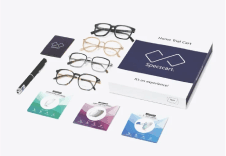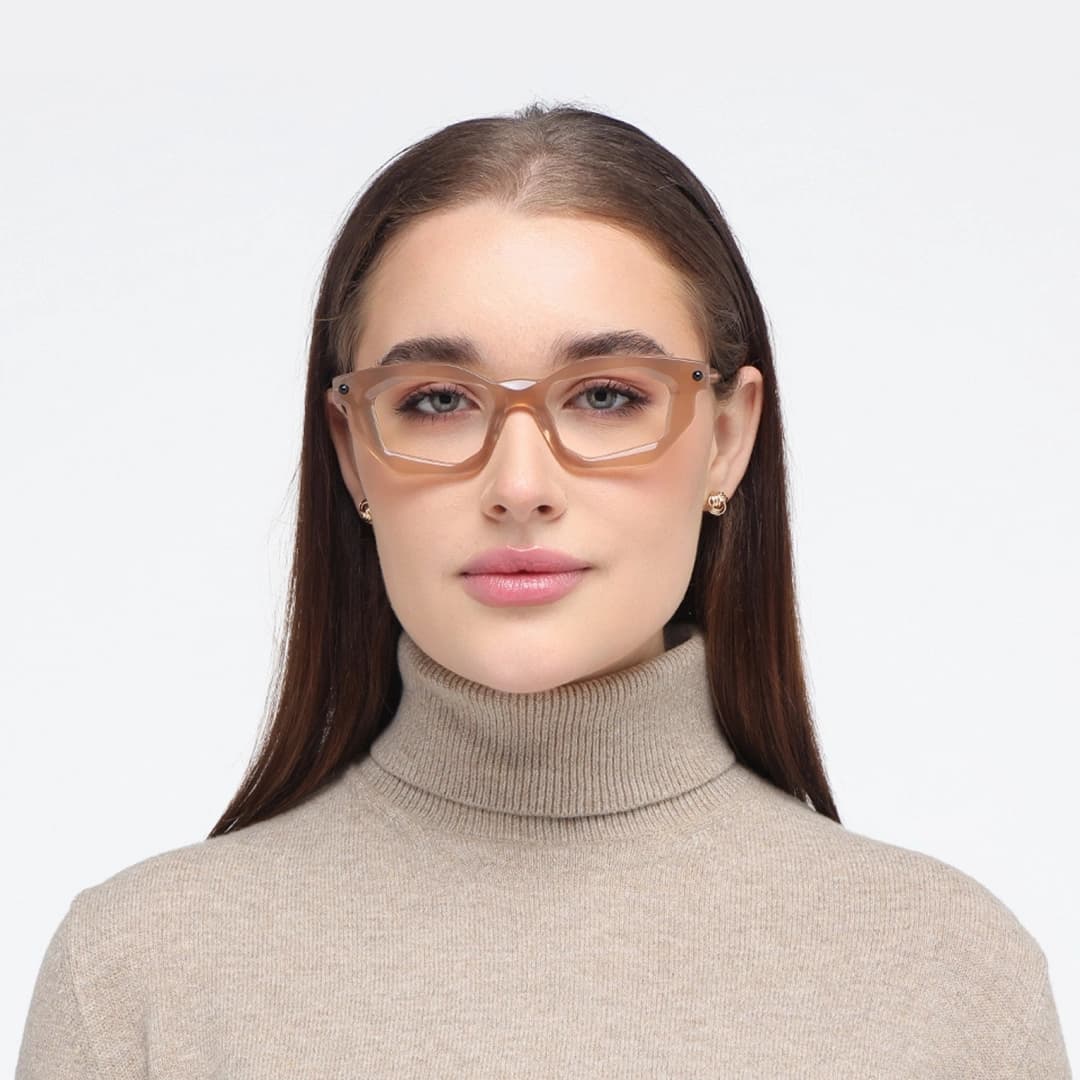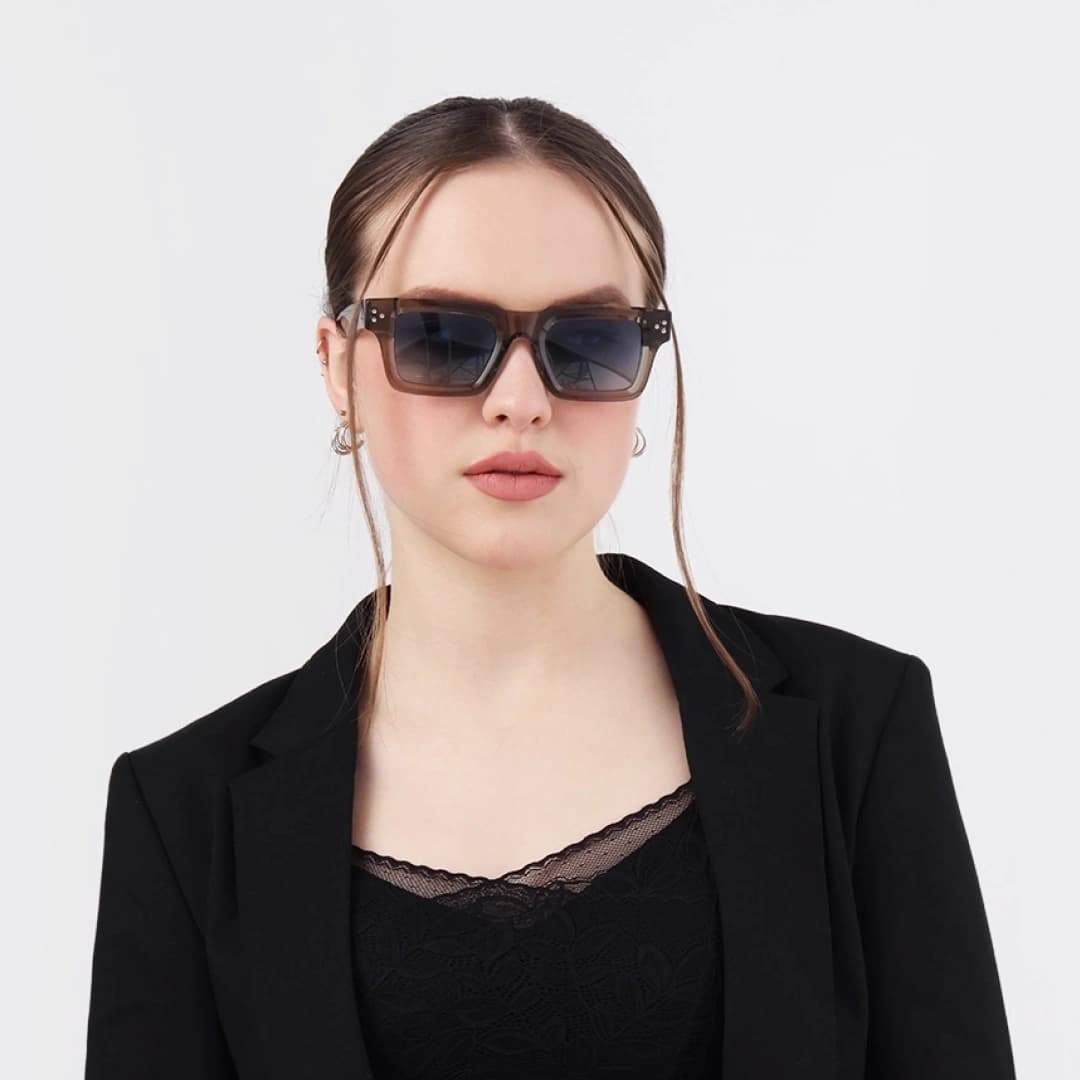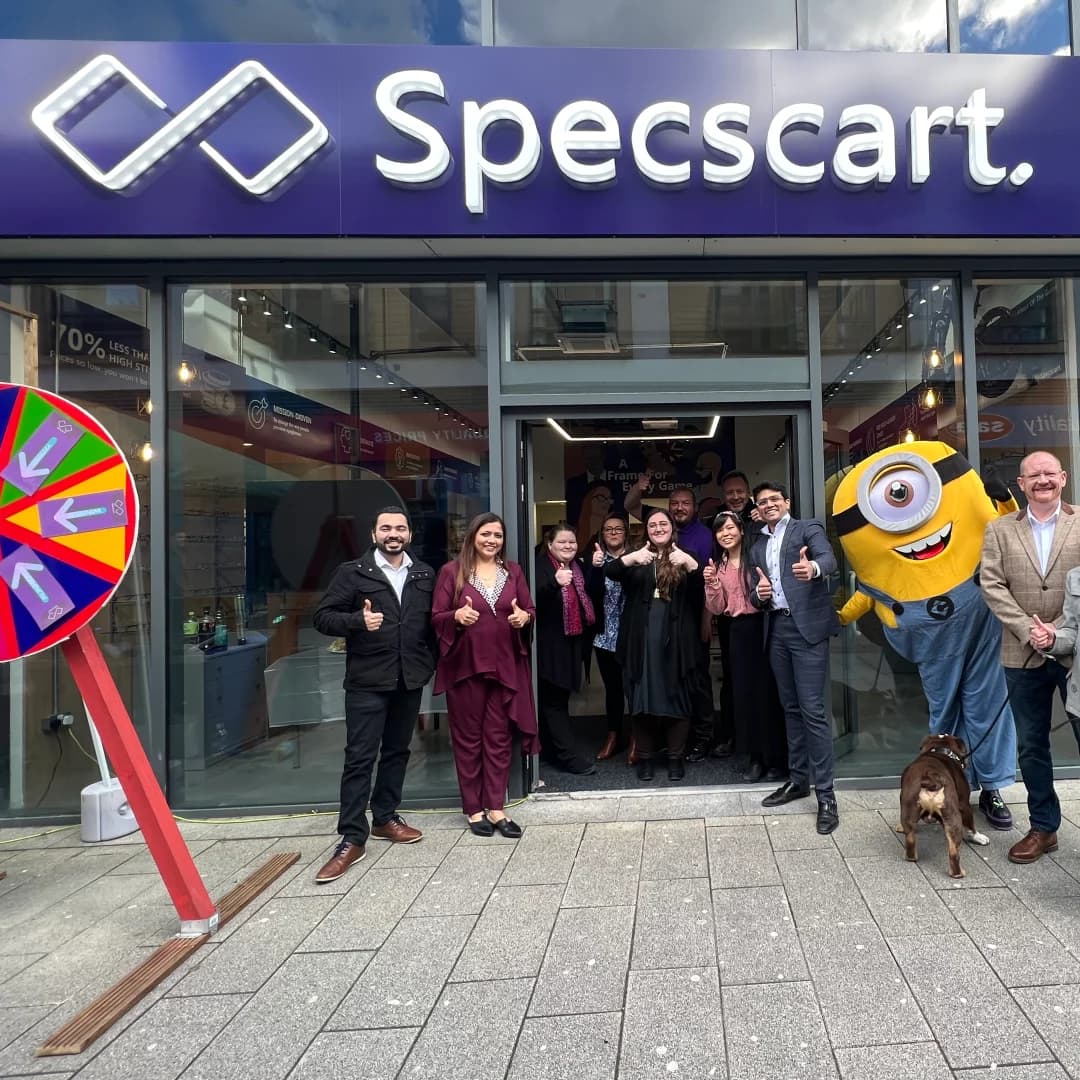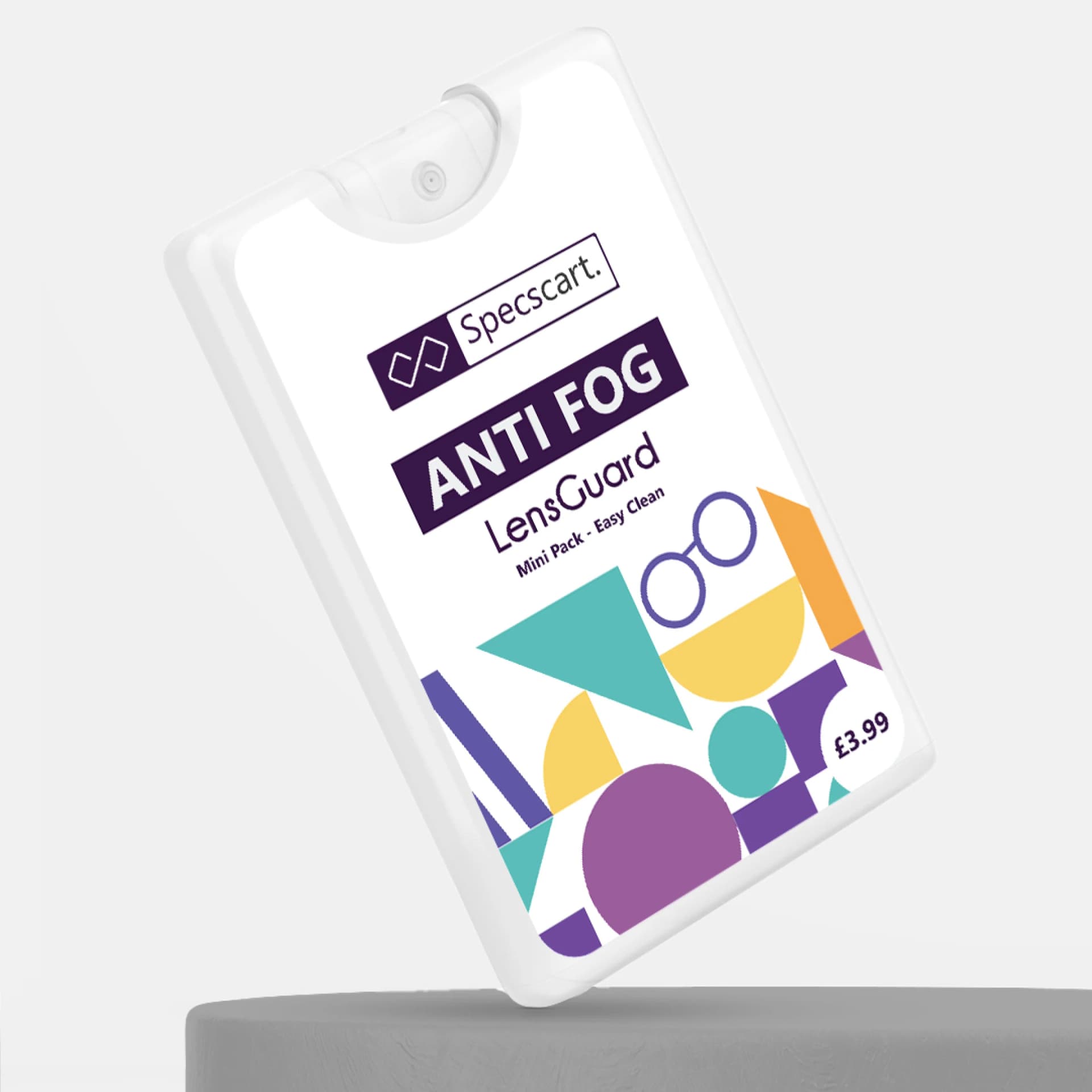Driving After Dark? Here’s What You Need to Know About Night Glasses

Content Manager
Holding the steering wheel a little tighter to see clearly while returning home at night is something I have also experienced. The headlights from other vehicles make me go blind a few times, streetlights casting odd glares, and the rain-slicked roads look like an oil painting. Night driving is not just inconvenient, it can also be dangerous.
This is the best time when night driving glasses come into action. It helps to make those night drives feel less like a survival mission. You might be thinking, do they really work, or it just another accessory with big claims and little impact? We took a closer look at what night driving glasses actually do, who needs them, and how to pick the right pair. Buckle up, things are about to get clearer.
Night driving isn’t just inconvenient—it can be downright dangerous. That’s where night driving glasses come in, promising to cut glare, sharpen your vision, and make those late-night drives feel less like a survival mission.
Why Night Driving Is Harder Than Day Driving?
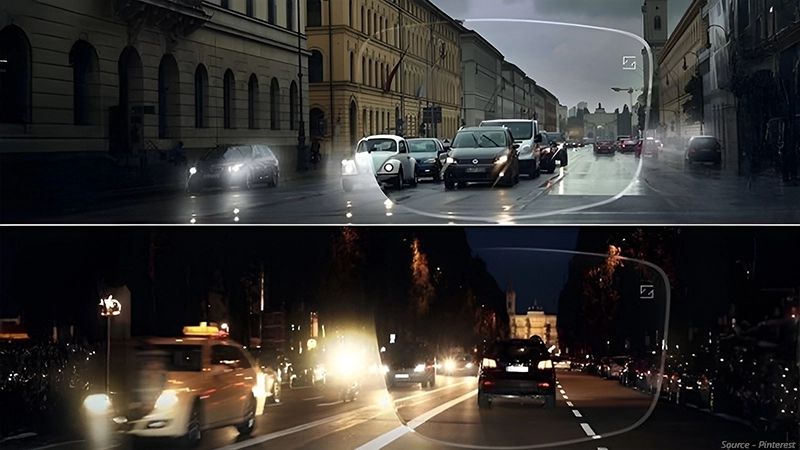
Driving at night might seem like a quieter, more peaceful version of the daily commute, with pretty city lights and a cool breeze. But your eyes get under pressure when you have to focus on the road with so many headlights coming your way. This overwhelming feeling sometimes makes you feel blinded, even after the car has passed.
The constant adjustment of your eyes between bright lights and dark roads doesn’t always happen fast enough. On top of that, low light reduces contrast, making it harder to distinguish between the road, the sidewalk, or that unexpected pothole lurking just ahead.
The feeling of everything starts to blend into a shadowy haze, and the details are almost gone; that’s crucial. And if you are noticing that this is getting trickier with age, you’re not imagining. As we grow, our eyes get more sensitive to glare, and the ability to adjust becomes slower, which results in night driving feeling more intense than it used to.
How do Driving Glasses for Night Time Work?
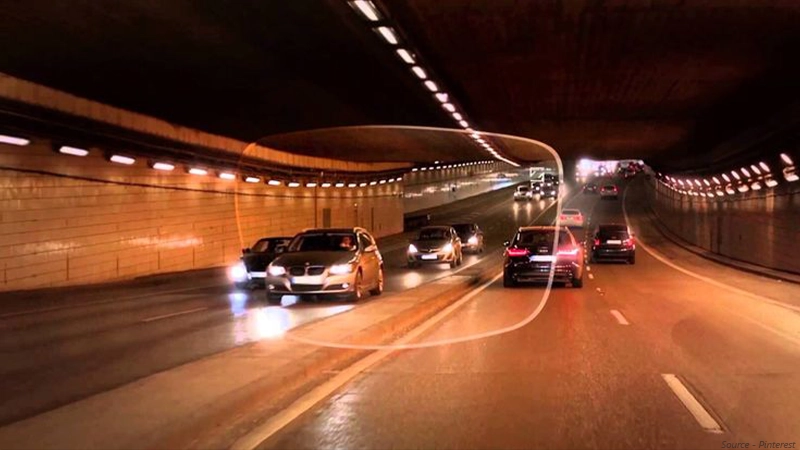
Night driving can be challenging with the harsh glare of headlights coming from other vehicles. Generally speaking, night driving glasses are non-prescription glasses featuring yellow-tinted lenses. These glasses help to enhance contrast and reduce glare from headlights and streetlights. They improve clarity and comfort in low-light conditions. This is ideal for regular nighttime drivers who want better contrast in poor light.
Those who wear prescription glasses and want clear lenses can get glasses with anti-reflective coatings. At Specscart, any frame you purchase from us comes with free premium anti-reflective lenses.
Signs That You Need Driving Glasses at Night
Driving at night brings along a unique set of challenges. Your colour recognition capability, depth perception, peripheral vision and focus determine your night vision.
The same symptoms that tell you that you have a vision problem can be applied to identify if you need driving glasses at night. These are the symptoms you should look out for:
Blurry Vision
Double Vision
Squinting
Headaches
Hazy vision
Light sensitivity
Seeing halos around bright lights
Eyestrain
Depending on the symptoms you have, your optometrist will recommend a number of prescriptive treatments. But one thing is for sure: driving glasses with an anti-glare coating make for the best driving experience.
Where polarised sunglasses improve your driving experience in the daylight, anti-glare glasses keep you safe by offering clear vision at night.
Before We Go
Night driving doesn’t have to be stressful. With the right pair of night glasses, you can reduce glare, enhance contrast, and improve overall visibility. Some tints like yellow, pink, red and orange colours can help you see more easily. Plus, with a free anti-reflective coating on our clear lenses, you can experience comfort and clarity, especially for older drivers or those with prescription lenses.
Unlock a £10 gift voucher instantly when you follow us. Just hit us up over DM and we will reply back with an exclusive code.
Caution: You may become style obsessed
Your way finder
2000+ Trendy Styles

Fashion Forward Sunnies




















